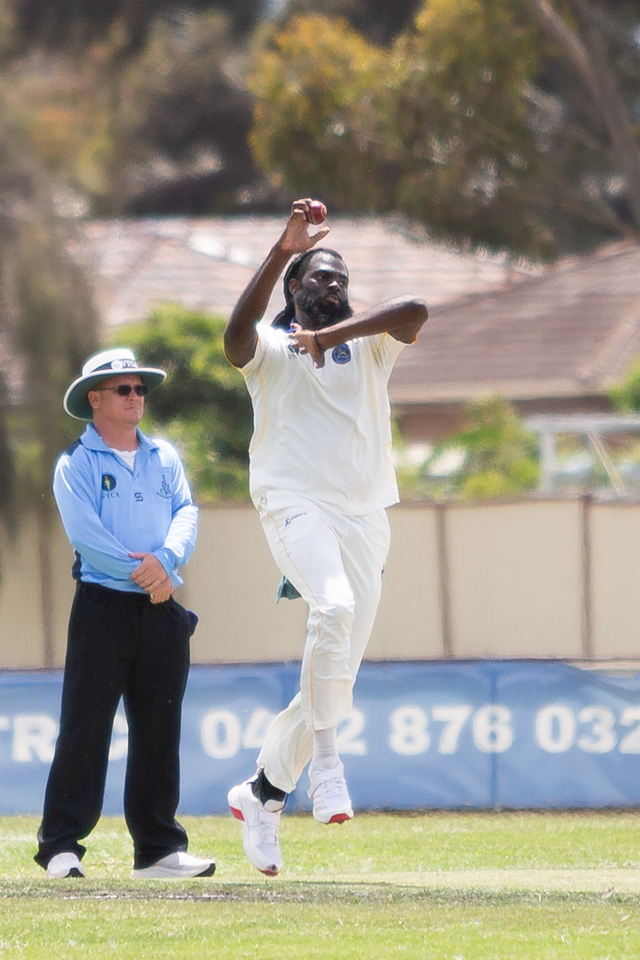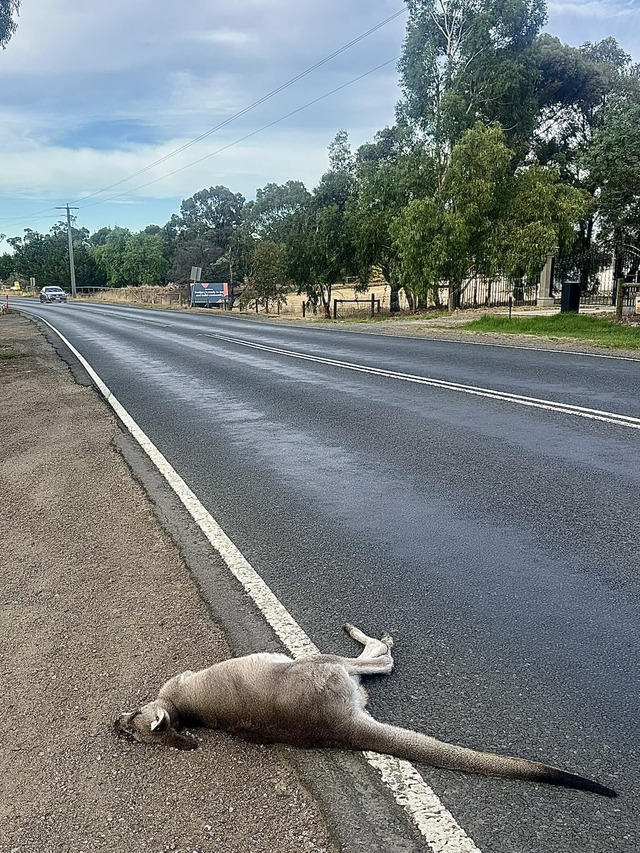This winter, the Victoria State Emergency Service (VICSES) and Parks Victoria are urging visitors to state parks, including those in Sunbury and Macedon Ranges, to plan in advance for adverse conditions, and to remain vigilant when bushwalking or hiking.
As winter begins and the days grow shorter, hikers can be caught out by early nightfall.
If you were out hiking, camping or bike-riding and you had to call triple zero in an emergency, would you know how to tell the operator exactly where you are?
Before you head off on a hike, take a moment to plan ahead:
– Know your limitations – consider the degree of difficulty of any walks or hikes you are taking and ensure you don’t overdo it.
– Pack a map and a compass, or know your route via GPS, and know any common location names.
– Become familiar with emergency markers located along bushwalking tracks. They are designed to pinpoint your exact location during an emergency in public open spaces or hard to define places. They display three letters and three numbers which gives an exact location of where the markers are.
– Ensure you keep away from hazardous trees in the wind.
– Take plenty of water and some food.
– Wear appropriate footwear and clothes for the conditions.
– Have communications equipment that will work where you are going – like a satellite phone if you’re going for extended periods across low coverage areas. Consider if you’ll need radio backup, a Personal Locator Beacon, a copy of any important phone numbers, a phone charger, battery pack or other communications supplies.
– If visiting national parks or walking tracks, check with Parks Victoria via parkweb.vic.gov.au ahead of time for closures.
– When planning your walk, use trusted sources of information like the Parks Victoria website. Visitor Guides on park specific pages have maps and information about walking difficulty and estimated duration, based on the Australian Walking Track Grading System. There are also important and timely updates on park or track closures.







